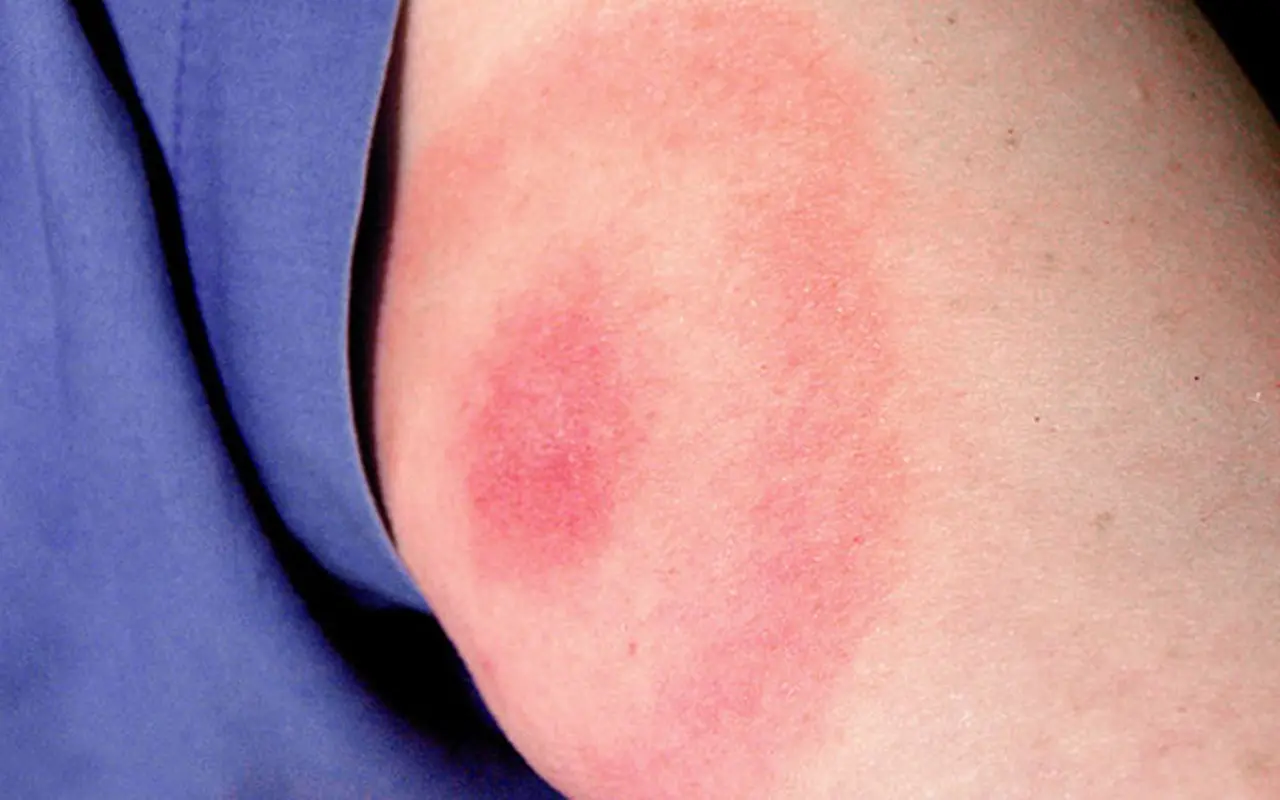Lyme Disease: Symptoms, Treatment, & Prevention
Lyme disease is transmitted through the bites of infected ticks. Find out where ticks live, how to remove ticks, and how to help protect your family from this insect-borne illness.
Powered by the SC Johnson Center for Insect Science®
What is lyme disease?
Lyme disease is caused by the bacterium Borrelia burgdorferi. The disease is transmitted through the bites of certain types of infected ticks, such as the deer tick, which is commonly known as a black-legged tick. Arm yourself with the information you need to fight these bloodsucking pests.
Lyme disease prevention
Reducing your family’s exposure to ticks is your best defense against Lyme disease and other tick-borne illnesses like Rocky Mountain spotted fever. Help protect yourself and your loved ones by following these Lyme disease prevention tips from the Centers for Disease Control and Prevention:1
- Avoid grassy, wooded, and brushy areas where ticks like to hide. And be sure to walk in the center of the trails to help reduce your exposure to ticks.
- Use an insect repellent containing DEET or picaridin on exposed skin and clothing. Get tips for how to apply bug repellent on kids and babies.
- Buy permethrin-treated clothing and gear. You can also treat clothing and gear with products containing 0.5% permethrin.
- Check your clothes, gear, and body for ticks after spending time in tick-infested areas, including your own backyard.
- Remove ticks attached to your body immediately. See below to learn how to remove a tick.
- Shower within two hours of coming inside. This has been shown to effectively reduce the risk of Lyme disease.
- Ask your veterinarian about tick-prevention products for your dogs and cats.
- Learn more about pest control and pets.
Where is lyme disease most common?2,3
If you live or spend time in wooded or grassy areas where ticks carrying Lyme disease thrive, you're more likely to contract the disease. According to the World Health Organization, Lyme disease is most common in:
- Asia
- Northwestern, Central, and Eastern Europe
- The United States, particularly in the Northeast, mid-Atlantic, and upper Midwest regions
Lyme disease symptoms4
According to the Centers for Disease Control and Prevention, the signs and symptoms of Lyme disease vary widely, depending on the stage of the infection.
Early symptoms4
In the early stages of the disease (3 to 30 days after a tick bite) the symptoms of Lyme disease may include:
- Fever
- Chills
- Fatigue
- Headache
- Rash
- Muscle and joint pain
- Swollen lymph nodes
Later symptoms4
Within days to months after being bitten by an infected tick, Lyme disease symptoms may include:
- Severe headaches
- Neck stiffness
- Arthritis
- Nerve pain
- Tingling, numbness, or shooting pains in the hands or feet
- Periodic pain in muscles, joints, tendons, and bones
- Additional rashes on the body
- Facial palsy
- Dizziness or shortness of breath
- Short-term memory problems
- Inflammation of the brain and spinal cord
- Heart palpitations or an irregular heartbeat
Always consult your physician if you are experiencing any of these symptoms.
Lyme disease rash

Approximately 70 to 80 percent of people with Lyme disease experience a bullseye-like rash called an erythema migrans (EM) rash.4
Lyme disease treatment5
The good news is that most people with Lyme disease recover if treated with oral antibiotics within a few weeks of infection. People with more advanced forms of the disease may require intravenous antibiotics.
Learn more about lyme disease
To learn more ways to help safeguard your family and pets from Lyme disease, visit https://www.cdc.gov/lyme/.
Find solutions for ticks
Explore our products designed to help you protect your family and get tough in the fight against ticks that carry Lyme disease.
Sources
- https://www.cdc.gov/lyme/prev/on_people.html
- https://www.who.int/ith/diseases/lyme/en/
- https://www.cdc.gov/media/dpk/diseases-and-conditions/lyme-disease/index.html
- https://www.cdc.gov/lyme/signs_symptoms/index.html
- https://www.cdc.gov/lyme/treatment/index.html
- https://www.cdc.gov/features/lymedisease/index.html
- https://www.cdc.gov/lyme/removal/index.html
- https://www.fda.gov/ForConsumers/ConsumerUpdates/ucm049298.htm
Disclaimer
This is provided for your information only and is not intended to diagnose or treat any medical condition. Should you have any symptoms or concerns, please contact your doctor.
Related

How to Help Get Rid of Fleas
There are approximately 2,500 different flea species1 sucking blood around the world. Find out where fleas come from, how to distinguish between bed bug and flea bites, and how to help kill fleas in the house.

Applying Pest Control With Kids and Pets
Find easy tips to help banish pesky bugs from your home and apply pest control around children and pets.

Dengue: Virus Protection and Disease Symptoms
Dengue is a deadly virus that is caused by the bite of a mosquito infected with any one of four dengue virus serotypes. Every year, the disease affects up to 390 million[1] people around the world.

